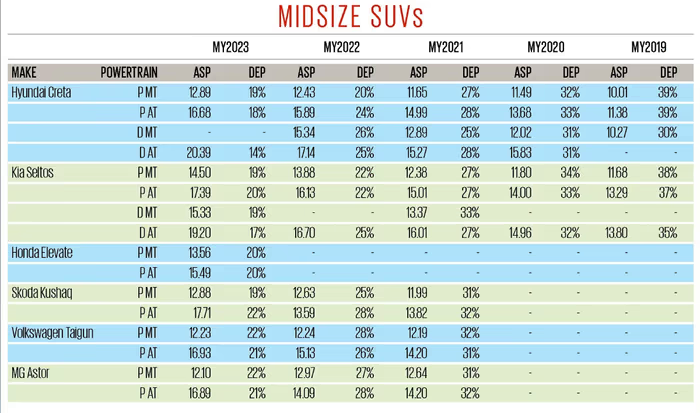A geomagnetic storm is predicted to hit Earth tonight after the Sun hurled a massive solar flare in our direction. Aside from a potential radio blackout, the storm may also bring with it a dazzling display of aurora borealis over parts of North America.
The National Oceanic and Atmospheric Administration (NOAA) forecast that the Northern Lights will appear in North America on Friday night and last from Saturday night into early Sunday morning. Sky watchers in northern Canada and Alaska have the highest chances of seeing the auroral display, while parts of northeastern Washington, northern Idaho, Montana, North Dakota, northern Minnesota, Upper Michigan, northern Wisconsin, and northern Maine have a smaller chance of spotting it.

NOAA’s aurora prediction appears on a forecast, or view line, map, showing the brightness and location of the aurora as a green oval centered on Earth’s magnetic pole. The green areas shift to red where the aurora is expected to be more intense.
Geomagnetic storms can trigger auroras on Earth when radiation from the Sun interacts with the planet’s atmosphere, producing large light displays in the sky.
Earth has recently been hit by a surge of strong solar events, including solar flares and coronal mass ejections, as the Sun reaches solar maximum—a period of heightened activity in its 11-year cycle. Just this week, a strong G3 storm on Wednesday triggered auroras across parts of the U.S., followed by another G3 on Thursday.
How to see the Northern Lights
The Northern Lights cannot be seen during daylight hours. Instead, nature’s light show is best seen between the hours of 10 p.m. and 2 a.m. You should also head to a high, north-facing vantage point to be able to spot them, and try to get as far away as possible from any sources of artificial light.
In order to be prepared for this weekend, check out NOAA’s 30-minute forecast page, which provides a 30 to 90 minute forecast of the location and intensity of the auroras.







:no_upscale()/cdn.vox-cdn.com/uploads/chorus_asset/file/26013756/Screenshot_2025_05_31_4.13.23_PM.png)















































